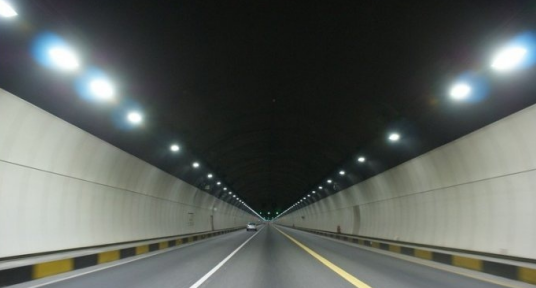
According to the several visual problems of tunnels that we have introduced before, higher requirements are put forward for tunnel lighting. To effectively deal with these visual problems, we can go through the following aspects.
Tunnel lighting is generally divided into five sections: approaching section, entrance section, transition section, middle section and exit section, each of which has a different function.



(1) Approaching section: The approaching section of the tunnel refers to a section of road close to the tunnel entrance. Located outside the tunnel, its brightness comes from the natural conditions outside the tunnel, without artificial lighting, but because the brightness of the approaching segment is closely related to the lighting inside the tunnel, it is also customary to call it a lighting segment.
(2) Entrance section: The entrance section is the first lighting section after entering the tunnel. The entrance section was previously called the adaptation section, which requires artificial lighting.
(3) Transition section: The transition section is the lighting section between the entrance section and the middle section. This section is used to solve the driver's vision adaptation problem from high brightness in the entrance section to low brightness in the middle section.
(4) Middle section: After the driver drives through the entrance section and the transition section, the driver's vision has completed the dark adaptation process. The task of lighting in the middle section is to ensure the safety。
(5) Exit section: In the daytime, the driver can gradually adapt to the strong light at the exit to eliminate the "white hole" phenomenon; at night, the driver can clearly see the line shape of the external road and the obstacles on the road in the hole. , to eliminate the "black hole" phenomenon at the exit, the common practice is to use street lamps as continuous lighting outside the tunnel.
Post time: Sep-17-2022





